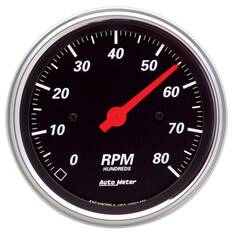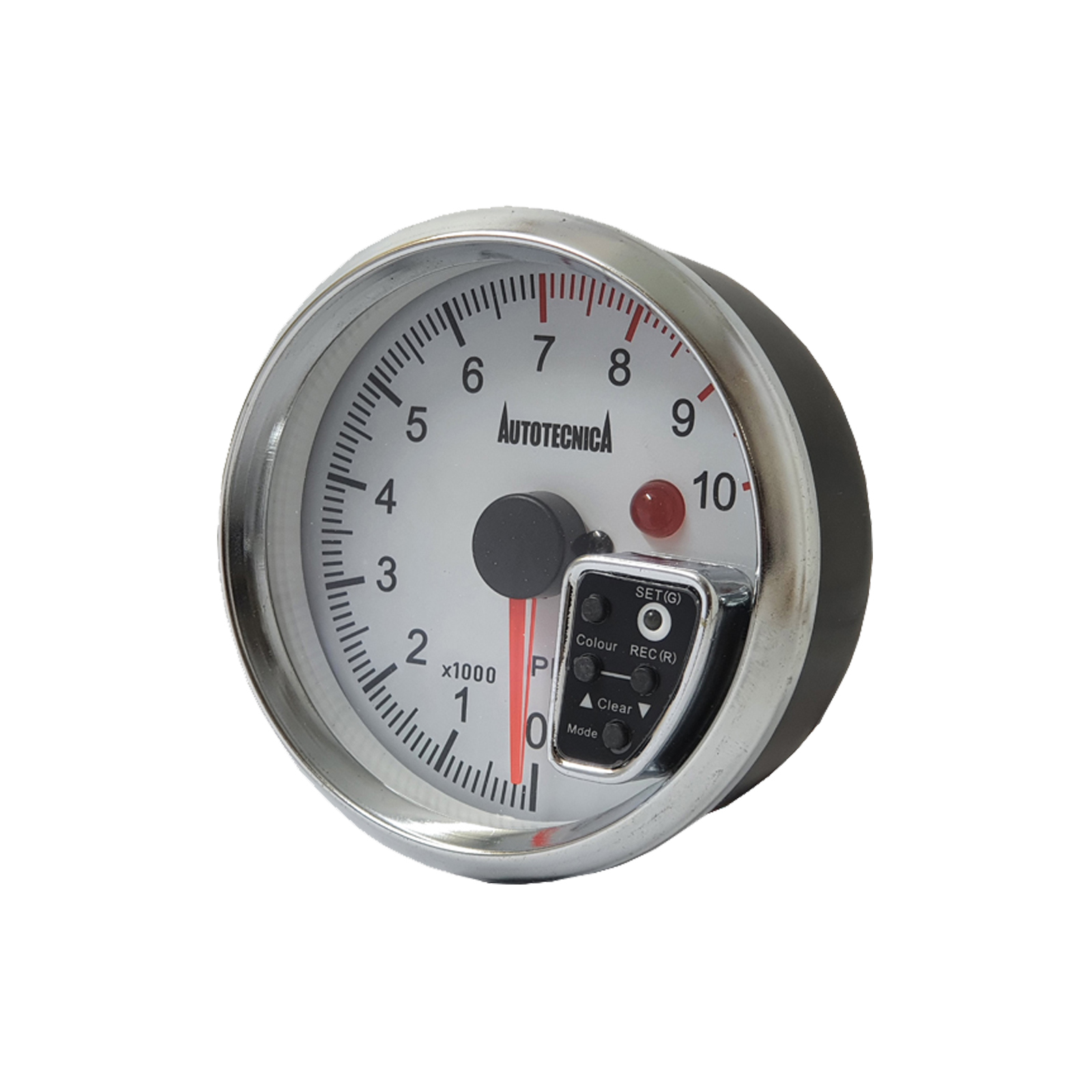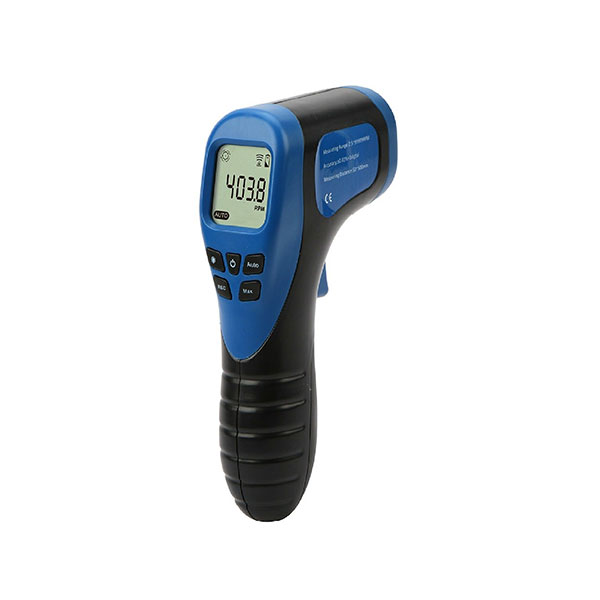Specialist Tips for Keeping and Adjusting Your Tachometer
Specialist Tips for Keeping and Adjusting Your Tachometer
Blog Article
The Significance of a Tachometer in Checking Engine Speed and Efficiency in Automotive Applications
In the realm of vehicle design, the tachometer stands as a pivotal instrument in the motorist's toolbox, giving a direct window into the internal functions of a lorry's engine. Past its function as a mere scale of changes per minute (RPM), the tachometer serves as an important device for lovers and specialists alike, supplying real-time insights into engine performance and health.
Significance of Keeping An Eye On Engine RPM
Keeping an eye on engine RPM, or changes per min, is an essential facet of auto upkeep and efficiency analysis. Engine RPM straight associates with the rate at which the engine's crankshaft revolves, indicating how promptly the engine is running - tachometer. By monitoring RPM, technicians can analyze the health of the engine, spot potential issues, and fine-tune efficiency. An uncommon RPM analysis may signal problems such as engine misfires, faulty ignition system, or concerns with the gas delivery system. Consistently high RPM analyses could indicate hostile driving routines or the requirement for a higher equipment shift to boost gas efficiency.
In addition, keeping an eye on engine RPM is important for efficiency examination in auto racing and high-performance lorries. Preserving optimal RPM levels is crucial for attaining peak power output and velocity. Racers usually make use of tachometers to ensure they are running within the perfect RPM array for maximum efficiency. In recap, keeping track of engine RPM is not only important for spotting concerns but likewise for optimizing engine performance in various auto applications.

Benefits of Real-Time Data
In auto applications, real-time information plays an important function in supplying immediate insights into the performance and problem of the car. By continually monitoring various parameters such as engine speed, temperature, fuel intake, and much more, real-time data provides numerous advantages that add to boosted performance and safety on the road.
One considerable advantage of real-time data is its ability to alert drivers and specialists to any anomalies or problems quickly. This positive method enables fast recognition of possible issues, enabling timely interventions to stop further damages or malfunctions. Furthermore, real-time data helps with performance optimization by giving prompt comments on driving habits and engine performance. Vehicle drivers can change their behavior in real-time based upon this details to accomplish better gas economic situation and lengthen the life expectancy of their automobile.

Furthermore, real-time information plays an important duty in modern vehicle diagnostics, allowing service technicians to swiftly detect read the full info here and deal with breakdowns. This results in minimized downtime, lower maintenance expenses, and eventually, boosted general lorry reliability and durability (tachometer). By harnessing the power of real-time data, vehicle stakeholders can make enlightened decisions that favorably influence both the performance and durability of the automobile
Effect On Gear Shifts
The tachometer plays a my link crucial role in optimizing gear shifts by offering real-time engine speed data to the chauffeur. When coming close to the redline on the tachometer, it signifies the vehicle driver to upshift to prevent over-revving the engine and causing potential damages.
In addition, the tachometer help in attaining smoother equipment shifts, especially in hands-on transmissions. By keeping an eye on engine speed, chauffeurs can perform gear changes at the optimal RPM range, decreasing jerking activities and decreasing endure the transmission elements. This precision in gear modifications not only boosts driving convenience however also adds to sustain efficiency.
Enhancing Fuel Performance
Provided the important function the tachometer plays in optimizing equipment shifts for performance and engine health and wellness, it directly contributes to optimizing fuel efficiency in auto applications. By supplying real-time feedback on engine rate, the tachometer assists chauffeurs in keeping the most efficient RPM variety for fuel economic situation. When chauffeurs continually keep track of the tachometer and change their motoring routines accordingly, they can stay clear of unnecessary gas usage triggered by over-revving or hauling the engine.
Furthermore, the tachometer aids chauffeurs recognize the most fuel-efficient equipment to be in at any given moment, protecting against the engine from working tougher than required. This is specifically essential throughout velocity and travelling, where remaining in the right gear can significantly affect gas performance. Additionally, the tachometer can signal motorists to possible mechanical concerns that might be negatively impacting gas economy, such as a slipping clutch or a stopped up air filter. In conclusion, the tachometer functions as an important device in enhancing fuel effectiveness by promoting optimal driving routines and recognizing locations for improvement in the car's performance.

Optimizing Engine Long Life
The tachometer's role in keeping track of engine speed and performance contributes in making certain the long life of vehicle engines. By using the tachometer efficiently, motorists can enhance engine longevity through conscious RPM right here administration. Regularly revving an engine expensive can bring about too much damage on essential elements, such as the pistons, valves, and bearings. With time, this can cause reduced engine efficiency and prospective malfunctions. Monitoring the tachometer permits motorists to stay within the advised RPM variety for their vehicle, protecting against unnecessary pressure on the engine and prolonging its lifespan.

Conclusion
To conclude, the tachometer plays an important role in checking engine speed and efficiency in vehicle applications. By giving real-time information on RPM, it allows for reliable gear changes, enhanced gas efficiency, and made the most of engine long life. This tool is essential for preserving optimal engine efficiency and ensuring the general capability of a car.
Report this page